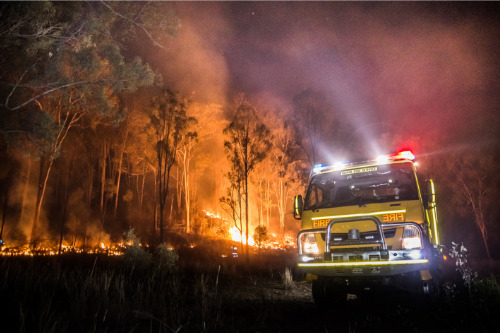

To address the deficiencies in the wildfire risk assessment space, RMS has released a new wildfire model for Canada.
The new RMS Canada Wildfire HD Model is available to access on RMS’s Risk Modeler, under the North America Wildfire HD Model Suite. It offers a more “granular” view of wildfire risk in Canada, allowing users to understand how individual locations in the country will be impacted by a wildfire event. It also allows users to gain a better understanding of the complex behaviours that characterize factors such as fire spread, ember accumulation, fire ignition, and smoke dispersion.
RMS’s Canada Wildfire HD Model provides a probabilistic wildfire view for 10 provinces on a simulation-based framework with millions of realizations across thousands of simulated years, a company release explained. The model also simulates ember travel that goes beyond traditional, fuel-based fire spread simulation techniques.
To develop the model, RMS partnered with insurers, mitigation experts, and government agencies to ensure that the data, calibration, and scope addresses existing market gaps. The company also utilized hundreds of millions of dollars of granular claims data, which helped inform the calibration of 18 site-level adjustment features.
“Events such as Fort McMurray can threaten insurers with insolvency and point to the need to drill down into the wildfire risk, especially in the wildland-urban interface (WUI). These ‘black-swan,’ long-tail scenarios require analysis of potential risk accumulations, to provide reassurance to regulators, and must be managed through better risk selection and pricing,” said RMS vice president of model product development Michael Young.
“The RMS Canada Wildfire HD Model helps to identify future major urban conflagration events with analysis of structure-to-structure ignitions. It accounts for the contribution of damage from embers and losses from smoke damage,” Young added.
